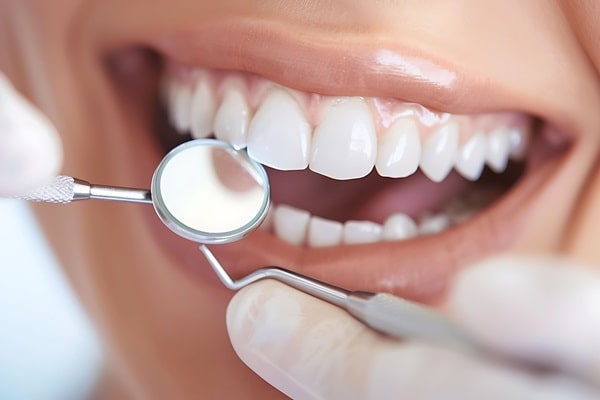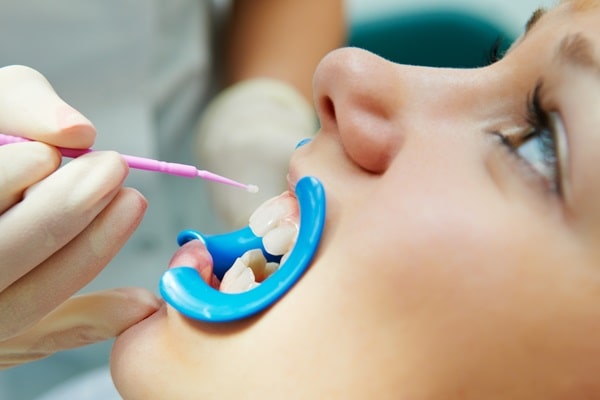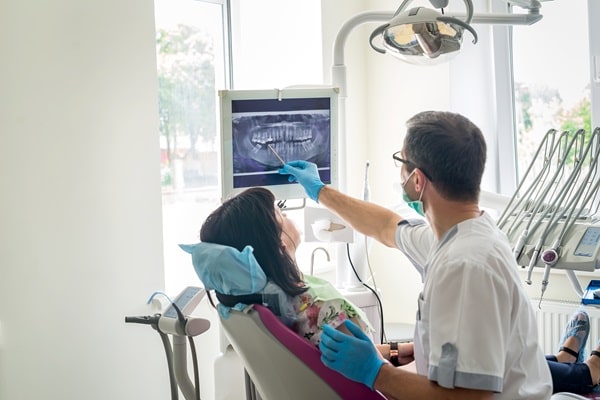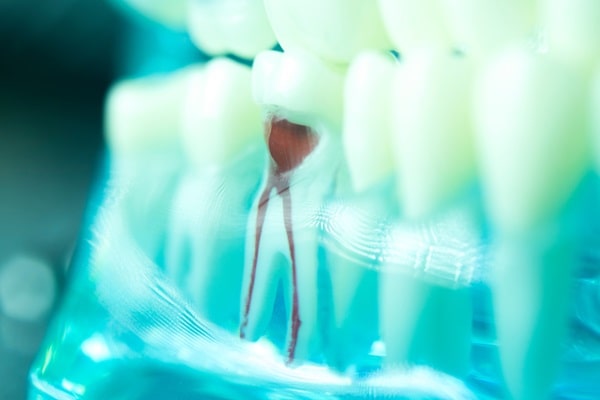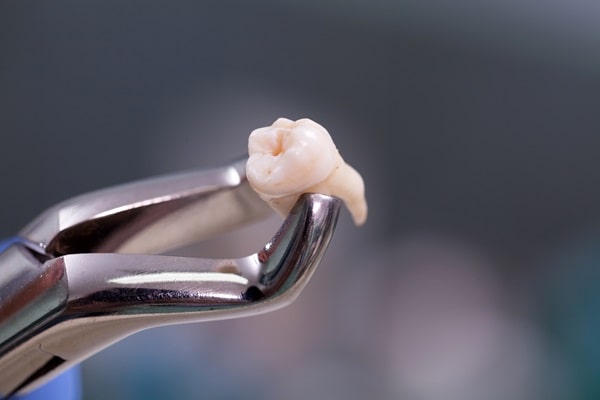Mercato Dental Centre
General Dentistry in East Vancouver
General Dentistry
At Mercato Dental Centre, your dental health is our priority. We offer a range of general dentistry services to ensure that you and your family experience optimal oral health.
Oral Cancer Screening
During your dental exam, your dentist will also perform an oral cancer screening. They will visually check the mouth tissues for any abnormal growth or discolouration, and palpate the cheeks and gums to feel for any lumps. If you notice any abnormal growth or experience any changes in your mouth, we recommend booking an appointment with your dentist.
Dental Sealants
If your teeth are susceptible to decay, you might want to consider dental sealants. Dental sealants comprise a thin plastic coating painted on the chewing surface of the teeth. They prevent food particles from becoming trapped between the nooks of the teeth and causing dental decay. Dental sealants are recommended for young children whose adult teeth have come in as well as adults.
Dental X-Rays
While a visual exam provides a good indication of the health of your teeth and gums, dental X-rays allow your dentist to see what is happening below the surface. Digital X-rays are easy to take and offer highly detailed images of the teeth and bone structure within minutes.
Root Canals
When teeth become damaged and decayed, bacteria can penetrate the hard white surface of the tooth and enter the dental pulp. This causes pain and sensitivity, which is a sign of a tooth infection. Your dentist will perform a root canal to restore the health of your teeth.
Teeth Extractions
Our team of dentists is highly skilled at maintaining and restoring damaged teeth. However, there may be situations where a tooth extraction is necessary to protect your dental health.

